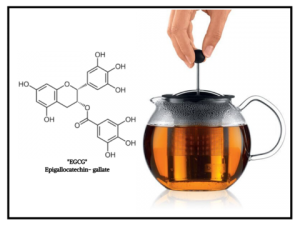Toxoplasma gondii is an intracellular parasite that reconfigures its host cell to promote pathogenesis. One consequence of Toxoplasma parasitism is increased migratory activity of host cells, which facilitates dissemination.
 Here, we show that Toxoplasma triggers the unfolded protein response (UPR) in host cells through calcium release from the endoplasmic reticulum (ER). We further identify a novel role for the host ER stress sensor protein IRE1 in Toxoplasma pathogenesis. Upon infection, Toxoplasma activates IRE1, engaging its noncanonical role in actin remodeling through the binding of filamin A. By inducing cytoskeletal remodeling via IRE1 oligomerization in host cells, Toxoplasma enhances host cell migration in vitro and dissemination of the parasite to host organs in vivo.
Here, we show that Toxoplasma triggers the unfolded protein response (UPR) in host cells through calcium release from the endoplasmic reticulum (ER). We further identify a novel role for the host ER stress sensor protein IRE1 in Toxoplasma pathogenesis. Upon infection, Toxoplasma activates IRE1, engaging its noncanonical role in actin remodeling through the binding of filamin A. By inducing cytoskeletal remodeling via IRE1 oligomerization in host cells, Toxoplasma enhances host cell migration in vitro and dissemination of the parasite to host organs in vivo.
Our study has identified novel mechanisms used by Toxoplasma to induce dissemination of infected cells, providing new insights into strategies for treatment of toxoplasmosis.
Toxoplasma gondii co-opts the unfolded protein response to enhance migration and dissemination of infected host cells, 7 July 2020
American Society for Microbiology
Leonardo Augusto, Jennifer Martynowicz, Parth H. Amin, Nada S. Alakhras, Mark H. Kaplan, Ronald C. Wek, William J. Sullivan Jr.
DOI: 10.1128/mBio.00915-20
https://mbio.asm.org/content/11/4/e00915-20
The guitar solo in this still gives me chills








